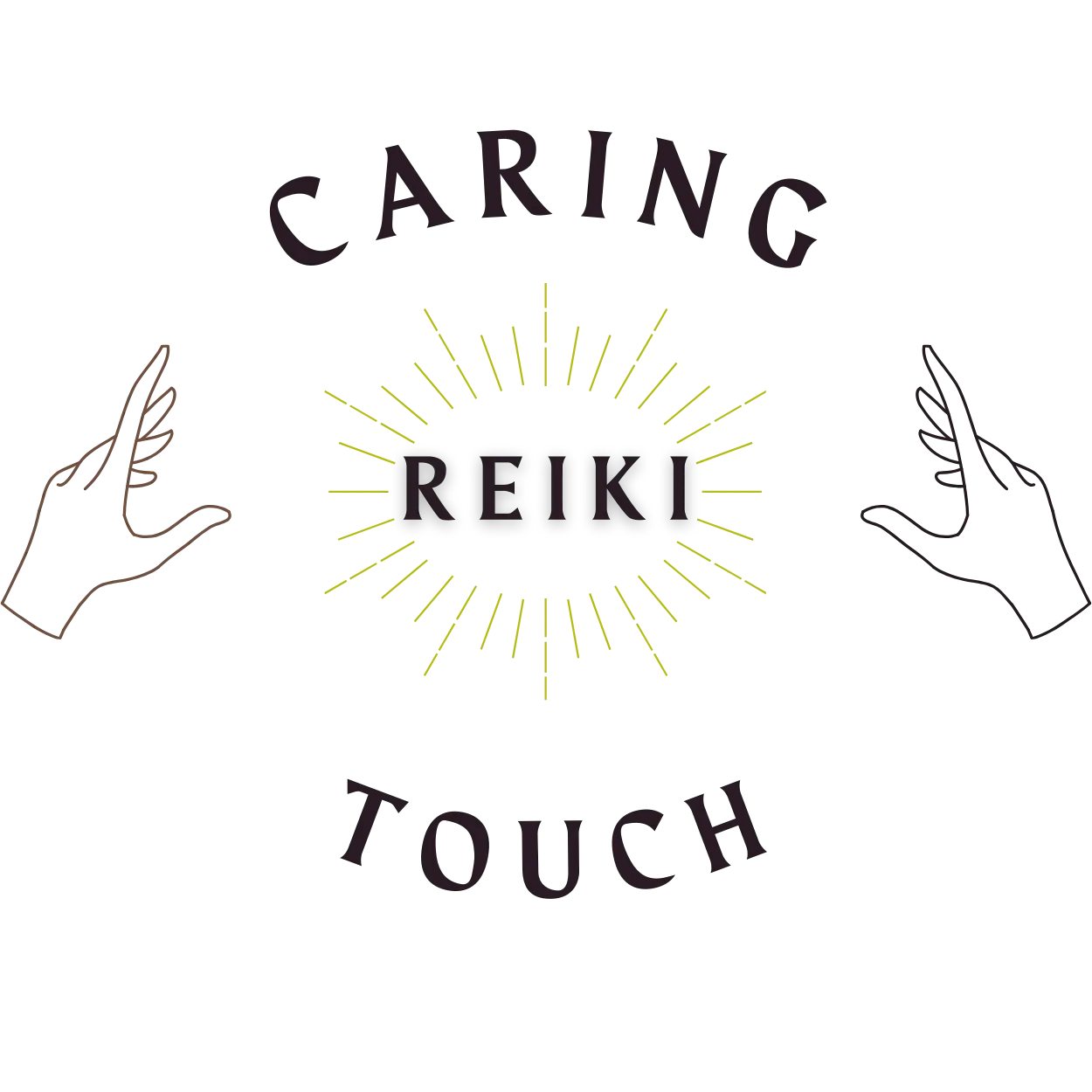There has been an explosive growth of healing modalities that edged their way into my list of the top 9 types of Reiki. Each type offers its own unique path to healing and self-discovery.
Don’t expect your Reiki practitioner to be seasoned in all forms of Reiki, as it it most common to find a an individual utilizing a combination of styles in their service.
Whether you’re seeking tranquility, energy balance, or spiritual growth, there’s a type or style of Reiki that will resonate with you. Let’s explore some of the most popular forms of this practice and discover the rich tapestry of techniques they offer.
Usui Reiki:
- Description: Usui Reiki is the traditional form of Reiki founded by Mikao Usui in the early 1920s. It focuses on channeling universal life force energy to promote healing and relaxation. Usui Reiki is often the gateway for many practitioners, with approximately 80% of Reiki practitioners worldwide trained in this style.
- Techniques: Usui Reiki typically involves the practitioner placing their hands on or above the client’s body to facilitate the flow of energy, often utilizing specific hand positions that correspond to different energy centers or chakras.
- Training: Practitioners undergo training and receive attunements to become certified in Usui Reiki, and many practitioners report a significant increase in their intuitive abilities after completing the training.
Karuna Reiki:
- Description: Karuna Reiki was developed by Reiki Master William Lee Rand as an extension of Usui Reiki. It incorporates additional healing symbols and is believed to be more potent, with studies indicating that practitioners often experience deeper emotional healing, with 90% of participants in workshops reporting significant shifts in their emotional well-being.
- Techniques: Karuna Reiki practitioners use a set of specific symbols alongside traditional Reiki symbols to access higher levels of healing energy, often focusing on healing past traumas and enhancing compassion.
- Training: Attunement to Karuna Reiki requires prior training and certification in Usui Reiki, ensuring that practitioners have a solid foundation of energy work before advancing.
Tibetan Reiki:
- Description: Tibetan Reiki combines elements of traditional Usui Reiki with Tibetan healing practices and symbols. It emphasizes a holistic approach to healing, integrating body, mind, and spirit, and is practiced by an estimated 10% of Reiki practitioners.
- Techniques: Practitioners of Tibetan Reiki may incorporate chanting, visualization techniques, and specific hand placements for healing, often drawing on Tibetan Buddhist principles to enhance their practice.
- Training: Tibetan Reiki often includes learning about Tibetan Buddhism and its principles alongside Reiki practices, with many courses offering a unique blend of spiritual and practical applications.
Holy Fire Reiki:
- Description: Holy Fire Reiki is a newer form of Reiki introduced by the International Center for Reiki Training (ICRT). It is said to provide a more refined and powerful healing experience. make previous description more specific by adding another detail and a statistic
- Techniques: This form of Reiki emphasizes the use of Holy Fire energy, which is believed to be a more advanced energy that can enhance the healing process and promote spiritual growth, often facilitating profound transformations in both the practitioner and the recipient.
- Training: Training for Holy Fire Reiki involves specialized courses that focus on the unique energies associated with this style, and practitioners can progress through various levels of certification to deepen their understanding and skills.
5. Kundalini Reiki:
- Description: Kundalini Reiki combines traditional Usui Reiki with Kundalini energy, focusing on awakening and channeling the Kundalini energy within individuals to promote spiritual awakening and alignment.
- Techniques: Practitioners use specific attunements and symbols to work with the Kundalini energy for healing and spiritual growth.
- Training: Training in Kundalini Reiki involves multiple levels of attunements to access and work with the Kundalini energy effectively.
6. Crystal Reiki:
- Description: Crystal Reiki is a unique blend of traditional Reiki practices and crystal healing, focusing on harnessing the energy of crystals to enhance the healing process.
- Techniques: In Crystal Reiki sessions, practitioners typically place selected crystals on or around the client’s body to create an energetic grid that harmonizes with the Reiki energy.
- Training: Training in Crystal Reiki usually involves a combination of learning about the properties of different crystals and their uses in healing, alongside traditional Reiki training.
7. Shamanic Reiki:
- Description: Shamanic Reiki is a unique fusion of traditional Reiki practices and shamanic healing techniques. This approach emphasizes the connection to the spirit world, allowing practitioners to access guidance and healing from spiritual allies and ancestors
- Techniques: Practitioners of Shamanic Reiki often incorporate various shamanic tools and rituals, such as drumming, journeying, and visualization, alongside traditional Reiki energy work. These techniques help to create a sacred space, enabling the practitioner to channel healing energy while connecting with the spiritual realm.
- Training: Training in Shamanic Reiki typically involves learning both Reiki principles and shamanic practices. This includes receiving attunements in Reiki and guidance on shamanic journeying, ritual work, and working with spirit guides.
8. Intuitive Reiki:
- Description: Intuitive Reiki is a personalized approach to Reiki healing that allows practitioners to tap into their intuitive abilities to guide the flow of energy. This style emphasizes the practitioner’s innate sense of what a client needs, often leading to a more tailored and effective healing experience
- Techniques: Intuitive Reiki practitioners use their intuitive abilities to guide the flow of Reiki energy during sessions, allowing for a more personalized and targeted healing experience. Practitioners may then use traditional Reiki hand placements but allow their intuition to guide them in adjusting these positions as needed.
- Training: Training in Intuitive Reiki typically requires prior certification in a traditional form of Reiki, such as Usui Reiki. After this foundational training, practitioners may pursue Techniques for enhancing intuition, such as meditation and mindfulness practices, Methods for interpreting intuitive messages during sessions, and thical considerations and boundaries when working intuitively with clients.
9. Animal Reiki:
- Description: This style focuses on offering Reiki to animals and is aimed at promoting their well-being, reducing stress, and supporting healing. Animal Reiki is a specialized branch of Reiki that focuses on providing healing energy to animals. This practice recognizes the unique needs of animals and aims to promote their well-being, reduce stress, and support their healing processes. Animal Reiki practitioners often find that animals are highly receptive to energy work, making this a compassionate and effective form of healing for pets and wildlife alike.
- Techniques: Practitioners may place their hands gently on the animal or work from a distance, depending on the animal’s comfort level. Using calming energy and soothing intentions to help the animal relax and feel safe and energy scanning.
- Training: Training in Animal Reiki typically involves a combination of experience in Usui Reiki, animal behavior understanding, traditional Reiki training and specialized courses focusing on animals, and behavior of different species.

Stress builds inside of us, and we are all in need of self-care. There is no denying our stress. Please don’t feel guilt in longing for self-care. Without taking care of ourselves, we cannot properly achieve our goals, nor give full love and care to others.
Please visit my site or send me a message should you wish to learn more. Thank you for spending your time with me.
elizabeth@caringtouchreiki.com

